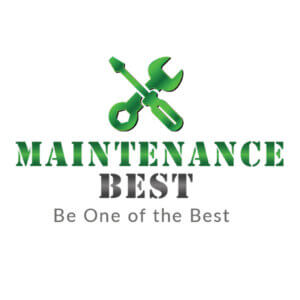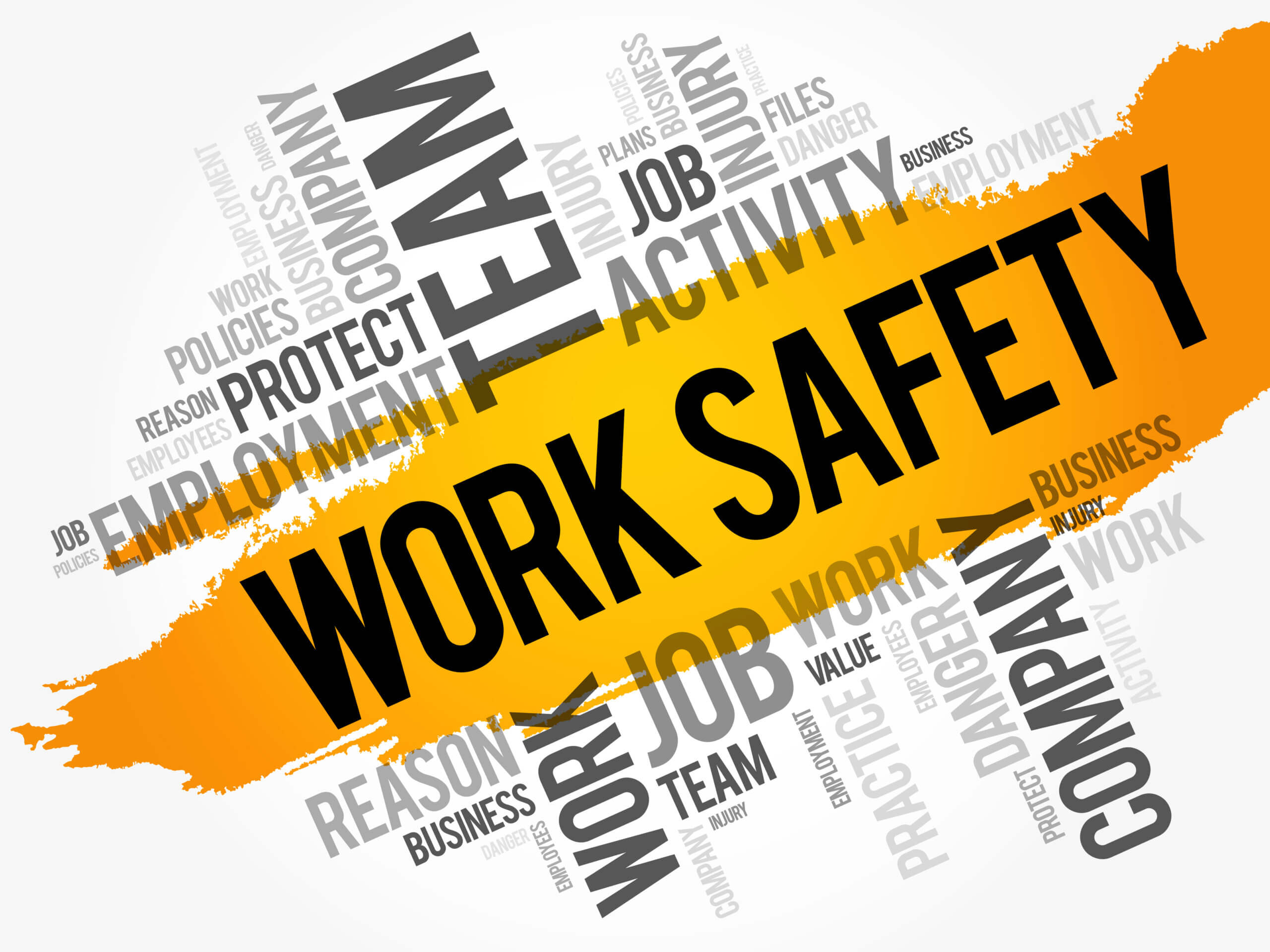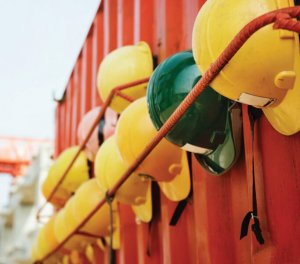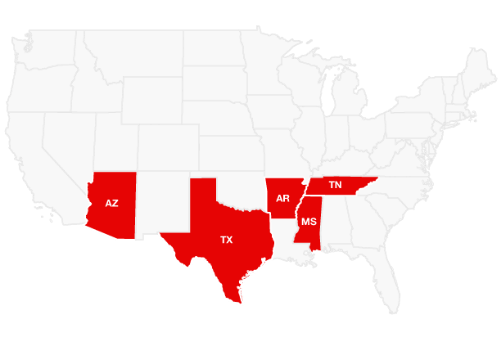The safety of your employees is not only fundamentally important, but how can it save your company significant time and money?
In 2021, there were 2.2 million recordable nonfatal injuries in the private sector according to the U.S. Department of Labor. Injuries in the workplace can be very costly for the employer. Whether it’s productivity and wages lost or administrative expenses or medical expenses, the National Safety Council (NCS) estimates that the total cost of work injuries in 2021 was $167 billion and 103 million days lost.
The Occupational Safety and Health Act (OSHA) was specifically created in the 1970s because of a public outcry for safer practices in the workplace after a climbing trend of work-related injuries and deaths. OSHA carries out 30,000+ inspections, normally without advance notice, every year. Even if an incident has not occurred, a company can be in violation of OSHA standards and receive a hefty fine. OSHA fines are based on the seriousness of the violation and in January 2023, they were increased because of cost-of-living to $15,625 per violation. The maximum penalty for willful or repeated violations also increased to $156,259 per violation.
The top 10 most recurring safety infractions from FY2022 are below:
- Fall Protection, general requirements (1926.501): 5,260 violations. The standard outlines when and where fall protection is required and what safety systems and hazard controls must be used to prevent falls.
- Hazard Communication (1910.1200): 2,424 violations. The standard requires companies to provide information about how to classify and label workplace chemicals. Also, sets requirements on training employees on workplace hazards.
- Respiratory Protection (1910.134): 2,185 violations. The standard directs employers to keep a respiratory protection program if workers must wear respirators to protect themselves.
- Ladders (1926.1053): 2,143 violations. The standard established requirements for the safe use of ladders, extension ladders, job-made wooden ladders, and step ladders.
- Scaffolding (1926.451): 2,058 violations. The standard covers safety requirements for airlifts, suspended scaffolds, supported scaffolds, and others.
- Control of Hazardous Energy (lockout/tagout)(1910.147): 1,977 violations. The standard protects workers from amputations and other serious injuries that can arise from unexpected startups and cycling of a machine or the release of stored energy from a machine during servicing and maintenance.
- Powered Industrial Trucks (1910.178): 1,749 violations. The standard provides general design information and construction standards for powered industrial trucks such as forklifts or lift trucks used to raise, lower or remove larger objects.
- Fall Protection Training (1926.503): 1,556 violations. The standard, different than the standard listed in #1, provides guidance on employee-required training and education to prevent falls.
- Eye and Face Protection (1926.102): 1,401 violations. The standard requires employers to provide eye and face protection to employees whenever necessary to protect against chemical, environmental, radiological, or mechanical irritants.
- Machinery and Machine Guarding (1910.102): 1,370 violations. The standard describes safeguards to protect employees from rotating parts, flying chips, sparks and other hazards caused by machinery.
For the 12th year running, Fall Protection was the most frequently cited standard with more than double the citations of the second most-cited standard.
As the old saying goes, “an ounce of prevention is worth a pound of cure”, small steps to prevent accidents and injuries from happening in the workplace could be financially beneficial for your company and create a safer work environment for all your employees.
One significant step in prevention is ensuring all your employees are thoroughly trained and tested on the OSHA rules and regulations. Every candidate that is put forth from MaintenanceBest has had online training in all areas of general safety recommended by OSHA and they must pass our online assessment. If an individual does not complete the training and testing, then we do not place them.
Bottom line, injuries and/or OSHA fines can be very costly for any company and one simple, cost-effective first step in reducing these is ensuring all your employees are trained.











